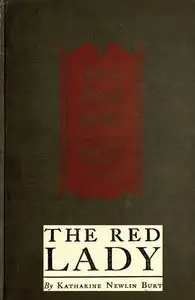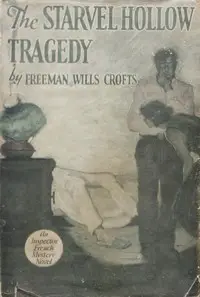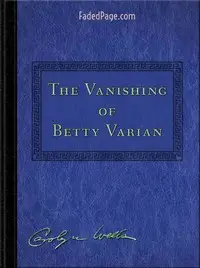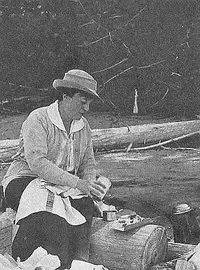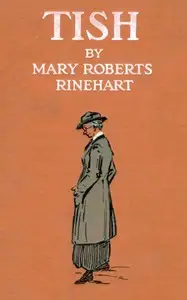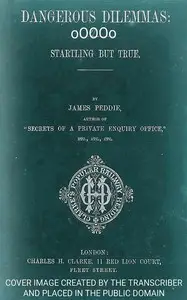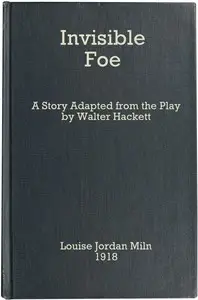"The Case of Jennie Brice" by Mary Roberts Rinehart is a gripping mystery that begins with a destructive flood in Pittsburgh, creating an environment of disaster and fear that reflects the dark events to unfold. The story centers on a landlady, Pitman, who is at the heart of a puzzling mystery when one of her tenants, a young actress named Jennie Brice, vanishes. As floodwaters surround the city, Pitman dives into the complex lives of her other tenants, the Ladleys, and digs into the secrets and tensions within their relationships. The narrative quickly builds suspense with evidence like Jennie's slipper and a found knife, turning what seemed like a simple disappearance into a potentially deadly situation. The combination of a natural disaster and hidden secrets drives the narrative, compelling the reader to wonder about Jennie's fate.

The Case of Jennie Brice
By Mary Roberts Rinehart
Amidst rising floodwaters, a landlady uncovers a web of secrets and suspicion when an actress disappears from her boarding house.
Summary
About the AuthorMary Roberts Rinehart was an American writer, often called the American Agatha Christie. Rinehart published her first mystery novel The Circular Staircase in 1908, which introduced the "had I but known" narrative style. Rinehart is also considered the earliest known source of the phrase "the butler did it", in her novel The Door (1930), although the exact phrase does not appear in her work and the plot device had been used prior to that time. She also worked to tell the stories and experiences of front line soldiers during World War I, one of the first women to travel to the Belgian front lines.
Mary Roberts Rinehart was an American writer, often called the American Agatha Christie. Rinehart published her first mystery novel The Circular Staircase in 1908, which introduced the "had I but known" narrative style. Rinehart is also considered the earliest known source of the phrase "the butler did it", in her novel The Door (1930), although the exact phrase does not appear in her work and the plot device had been used prior to that time. She also worked to tell the stories and experiences of front line soldiers during World War I, one of the first women to travel to the Belgian front lines.

